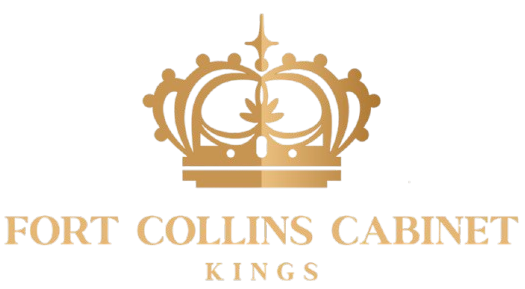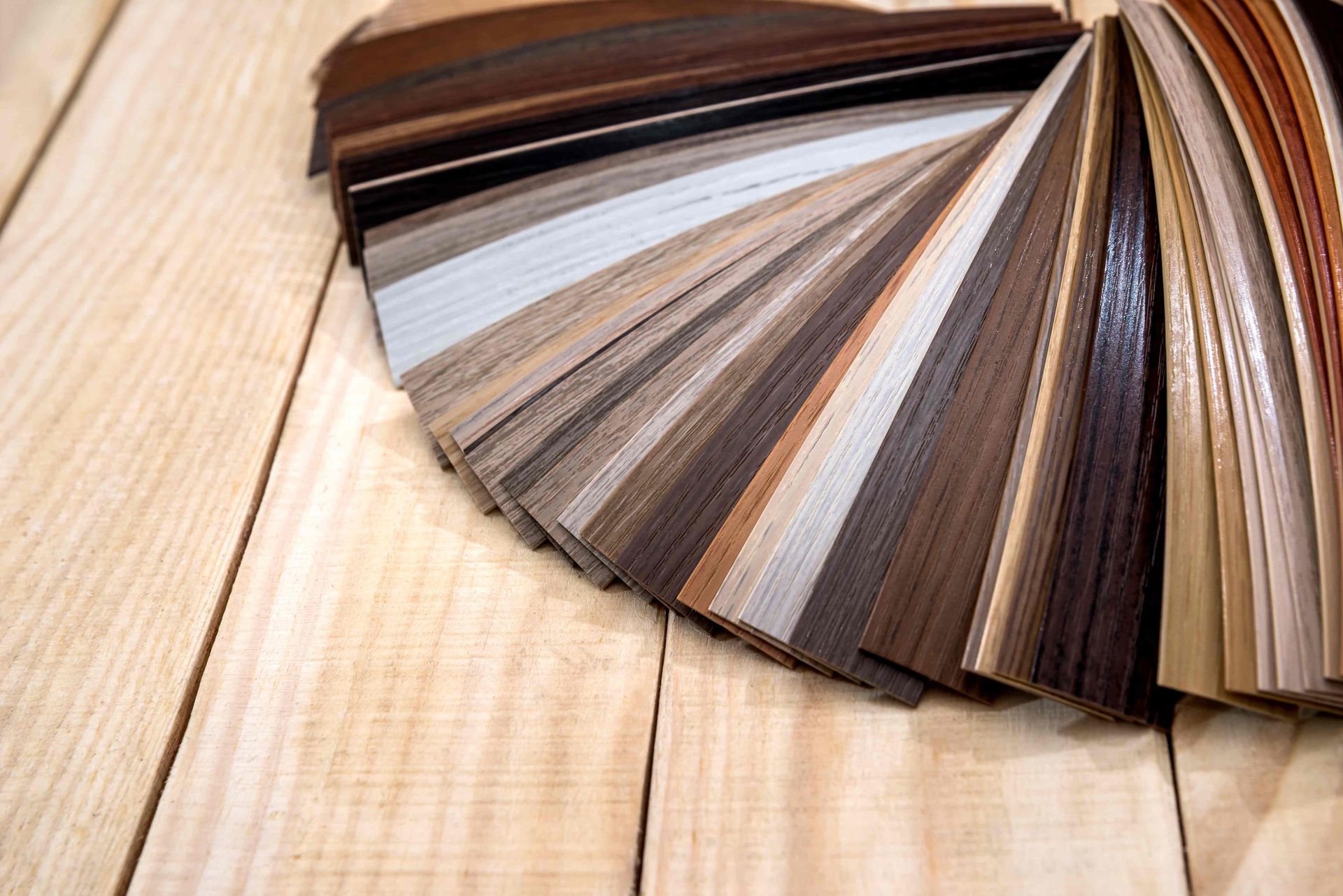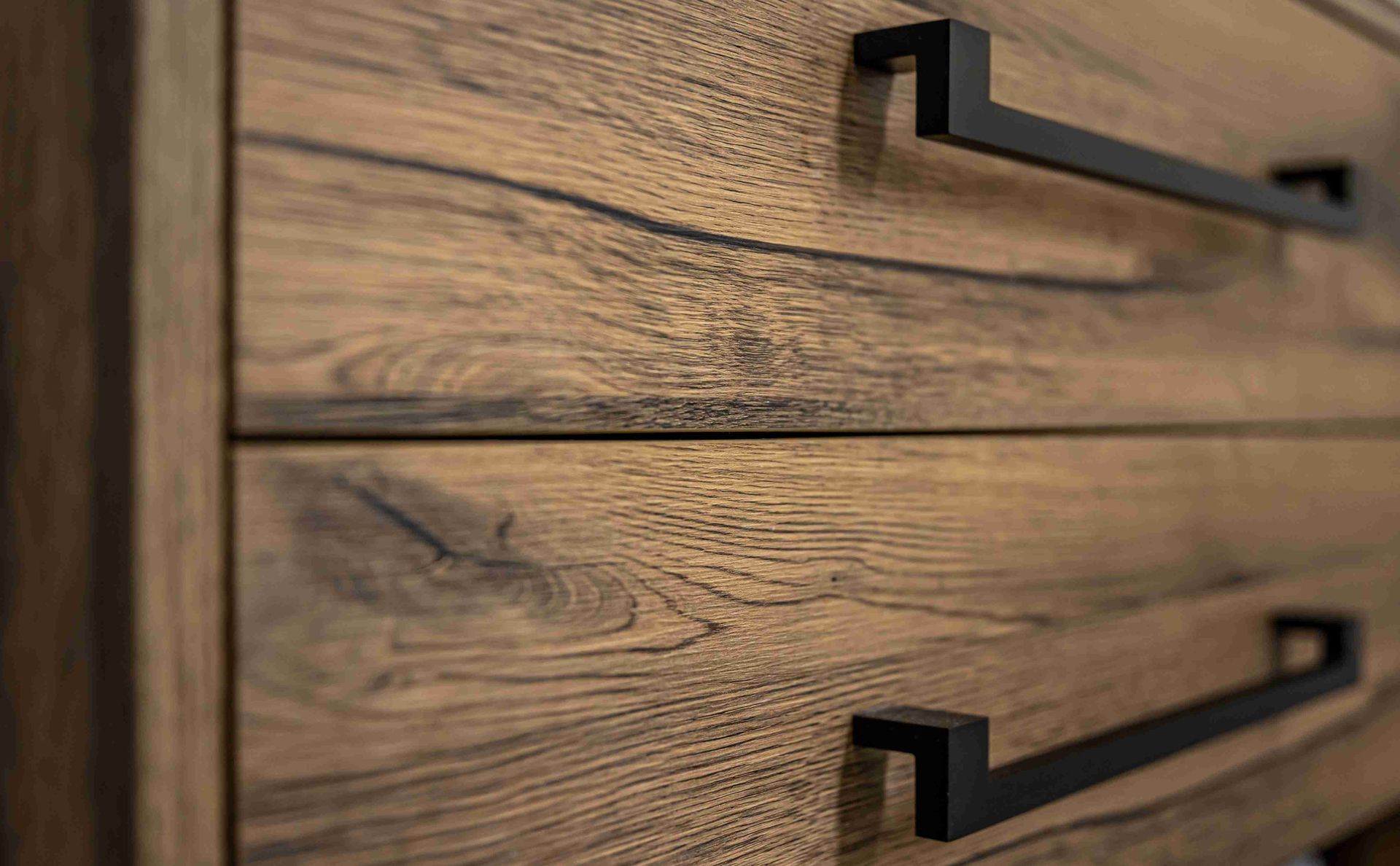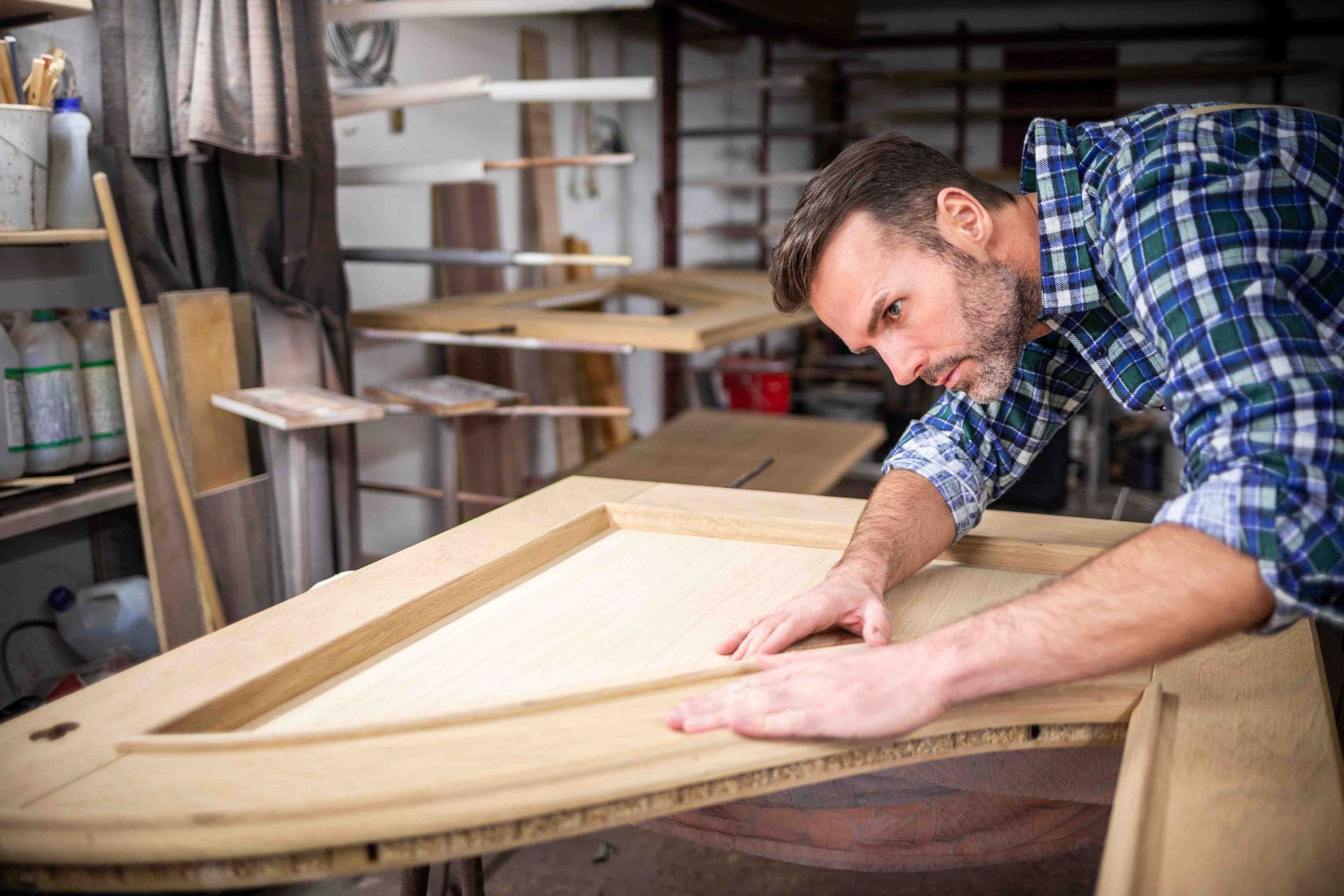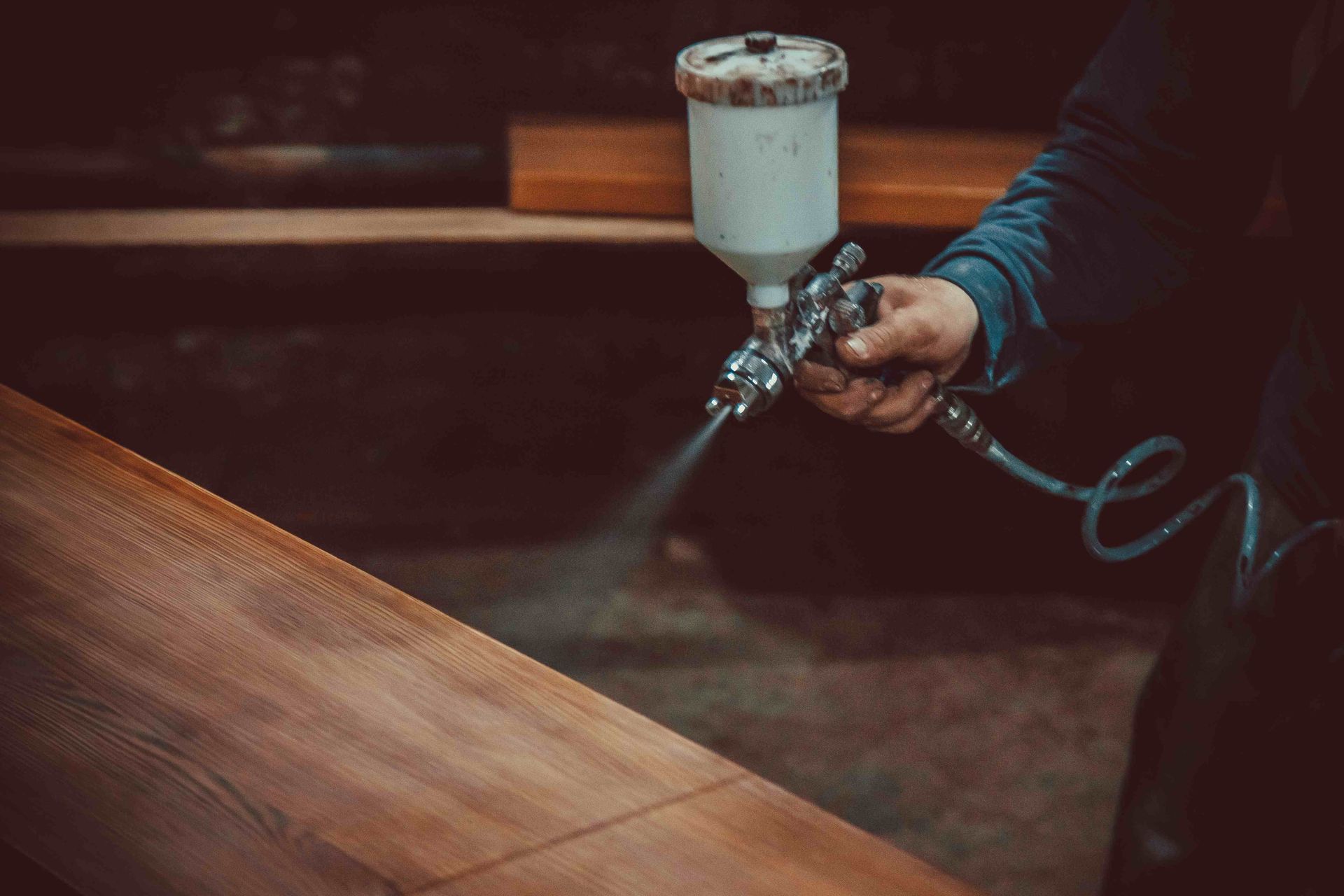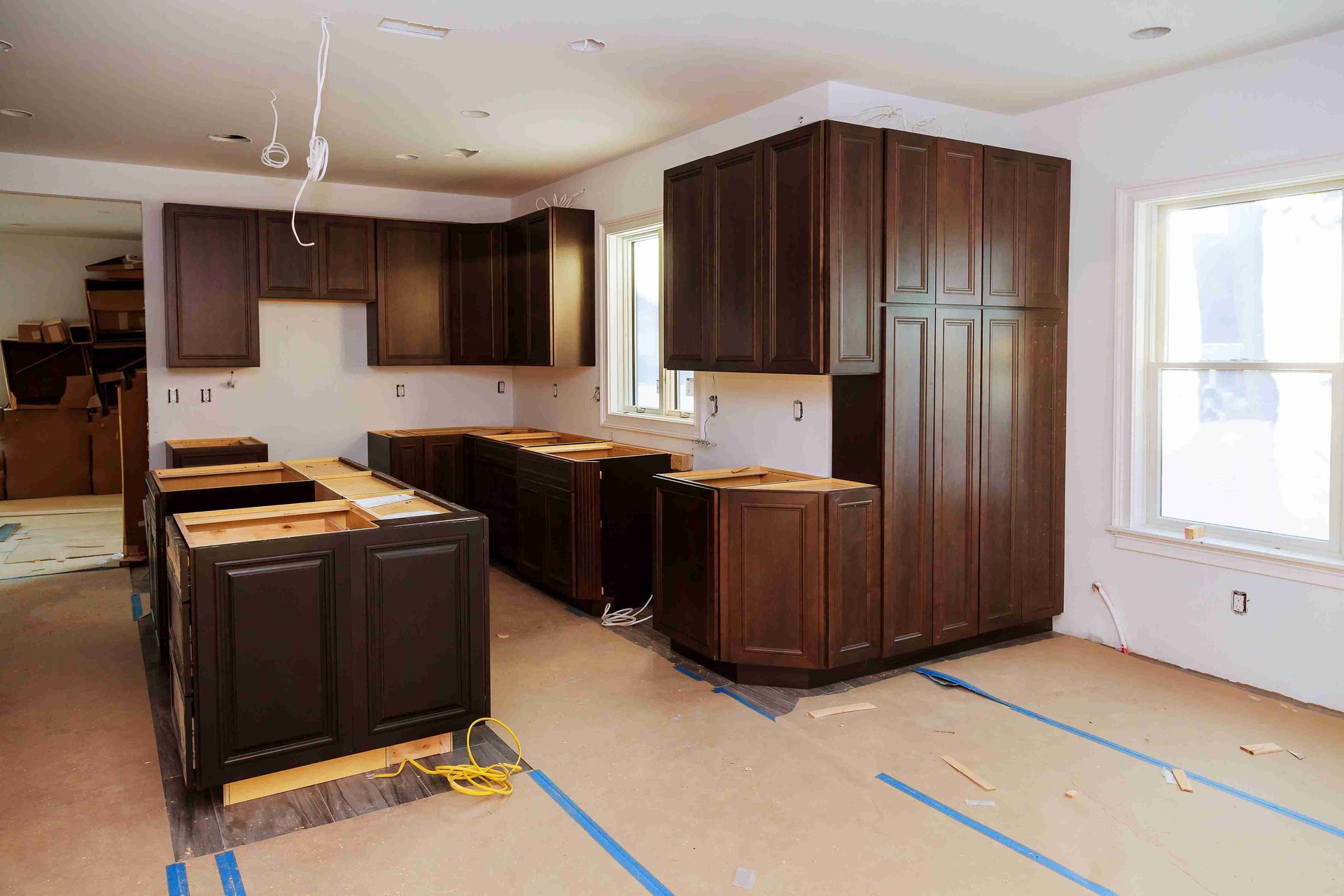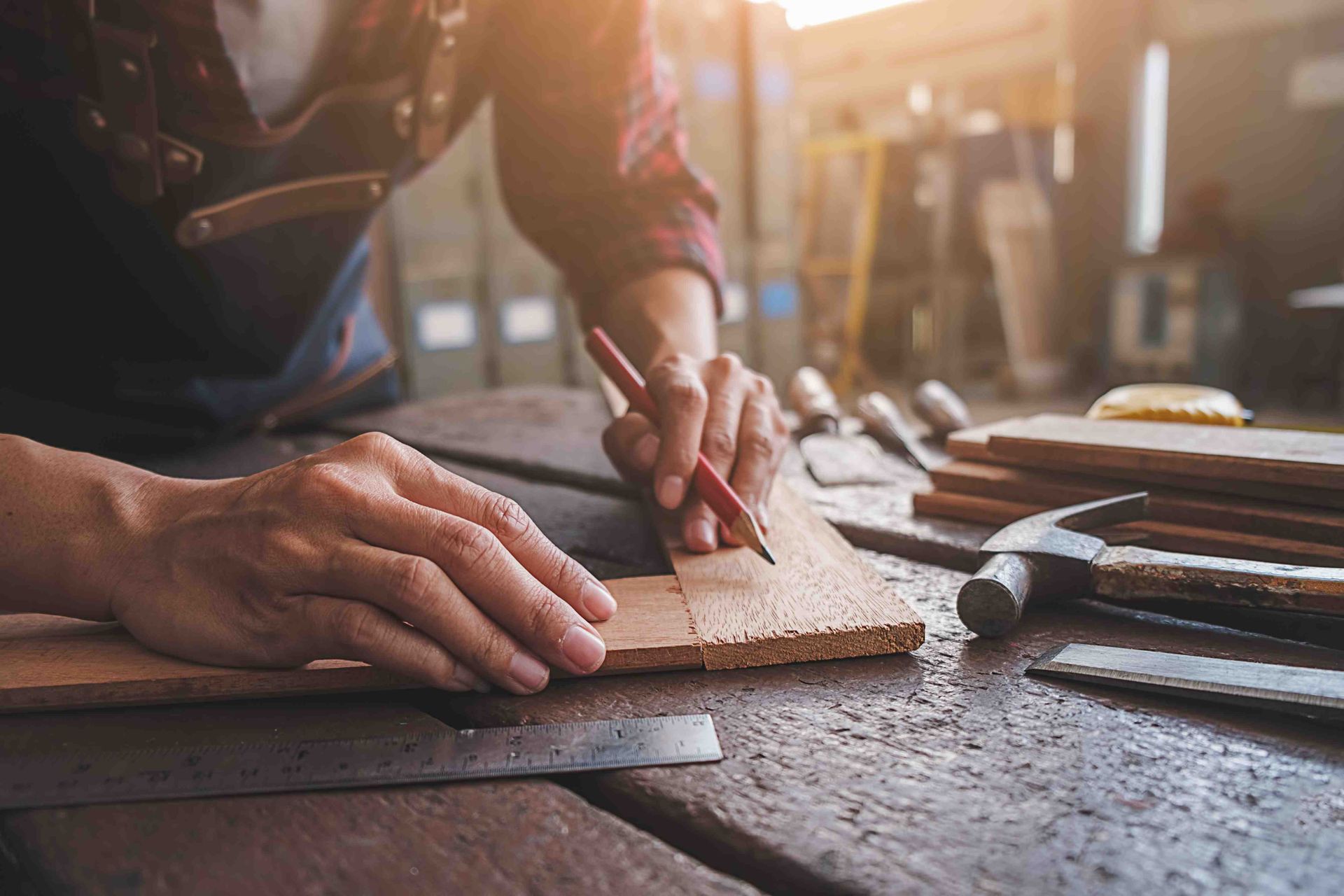Ask a Pro: Why Is Cabinet Refacing So Expensive?
My name is Jamie Schneider, and I've been in the woodworking and cabinetry business for over 15 years. Throughout my career, I’ve worked on countless cabinet refacing projects. I often hear clients ask, “Why is cabinet refacing so expensive?” Today, I want to share my insights, drawn from years of experience, to help you understand the factors that contribute to the cost of this service.
The Cost of Quality Materials
One of the main reasons cabinet refacing is expensive is because of the high-quality materials used. When you reface cabinets, you’re giving them a new surface. This is often done with wood veneers, laminate, or even high-end materials like Rigid Thermofoil (RTF).
I once worked on a project where the homeowner chose cherry wood veneer for their cabinets. They loved the warm, rich tone of cherry, but were surprised by the cost. High-quality woods like cherry are not cheap, and covering an entire kitchen can add up quickly. It’s not only the veneer itself; matching edge banding, new doors, and drawer fronts also play a role in the overall cost. Each element needs to be consistent in color and grain, which demands premium materials.
The Labor-Intensive Process
Cabinet refacing is a labor-intensive process that requires attention to detail. Unlike painting or replacing cabinets, refacing involves careful preparation and precise application. This is done to ensure everything looks perfect.
I remember a job where a client wanted a sleek, modern look with high-gloss white laminate. Achieving that flawless finish was challenging. The old cabinet surfaces had to be meticulously sanded and prepped before applying the new laminate. One small mistake could have resulted in air bubbles or misaligned edges. This would ruin the entire look. The time and effort involved in such detailed work contribute significantly to the final cost.
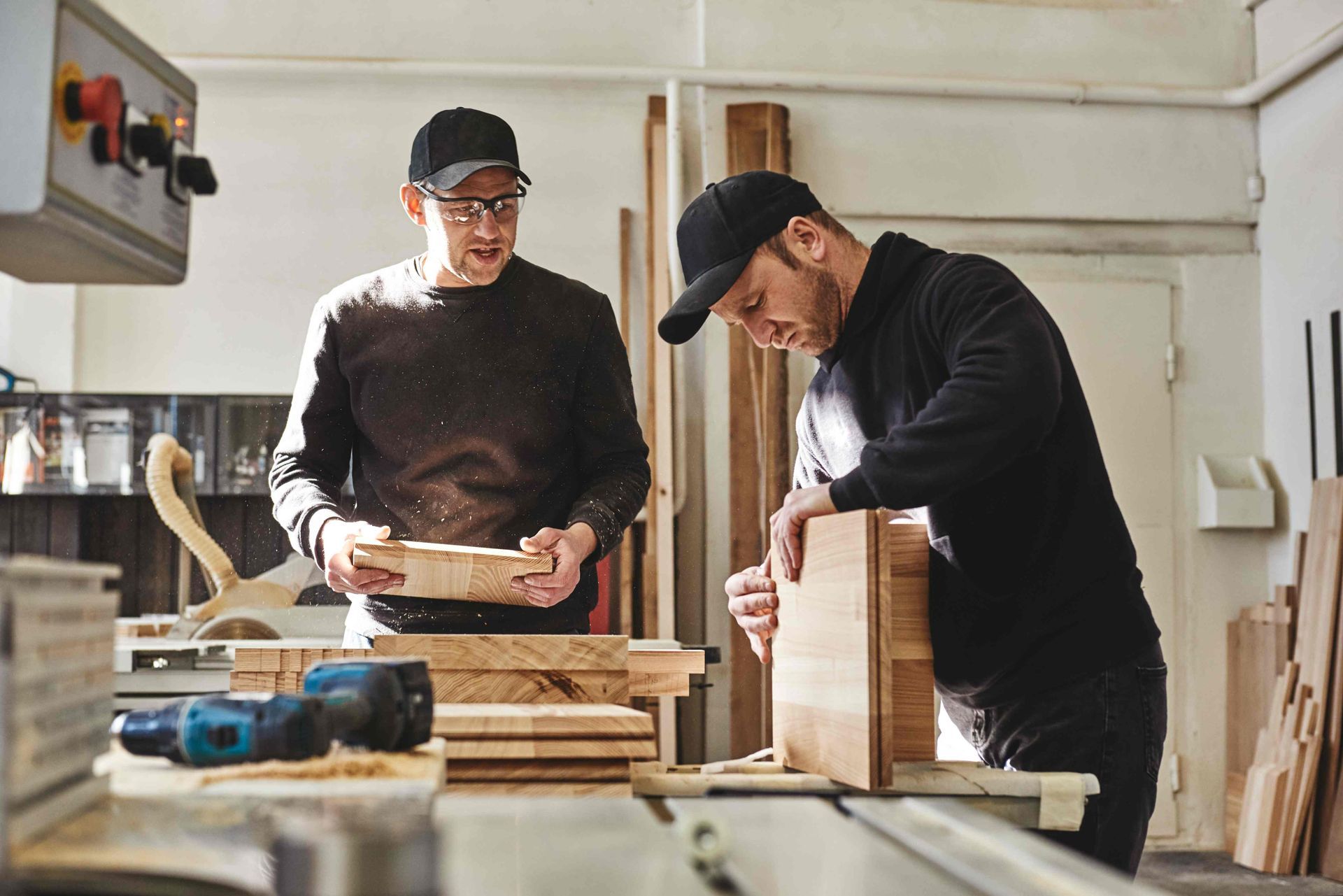
Customization and Attention to Detail
Another factor that makes cabinet refacing expensive is customization. In many cases, especially with older homes, the cabinets have non-standard sizes or unique layouts. This requires custom-made pieces, which take time and skill to produce.
I once worked on a historic home where the original cabinets were beautiful but worn. The homeowner wanted to preserve the layout but update the look. Since nothing in that kitchen was a standard size, every door, drawer, and panel had to be custom-fitted. The extra work required for these
custom adjustments is a significant reason why refacing can be costly.
Hidden Surprises
Sometimes, unexpected issues arise during a refacing project, adding to the cost. When working with existing cabinets, you don’t always know what’s beneath the surface until you start the job.
On one project, I discovered that the cabinets’ underlying structure was warped. This wasn’t something that could be fixed by simply covering it up with a new veneer. We had to reinforce the cabinets to ensure they could support the new surface. These kinds of surprises can quickly increase the cost of a refacing project.
The Bottom Line
In the end, the cost of cabinet refacing is due to a combination of factors. Quality materials, labor, customization, and the potential for hidden issues all play a role.
While the price may seem high,
refacing can transform your kitchen at a fraction of the cost of a full
remodel. Plus, when you hire a professional like myself, you’re not just paying for a new look—you’re paying for a job well done that will last for years to come.
Contact Us Today at Fort Collins Cabinet Kings
